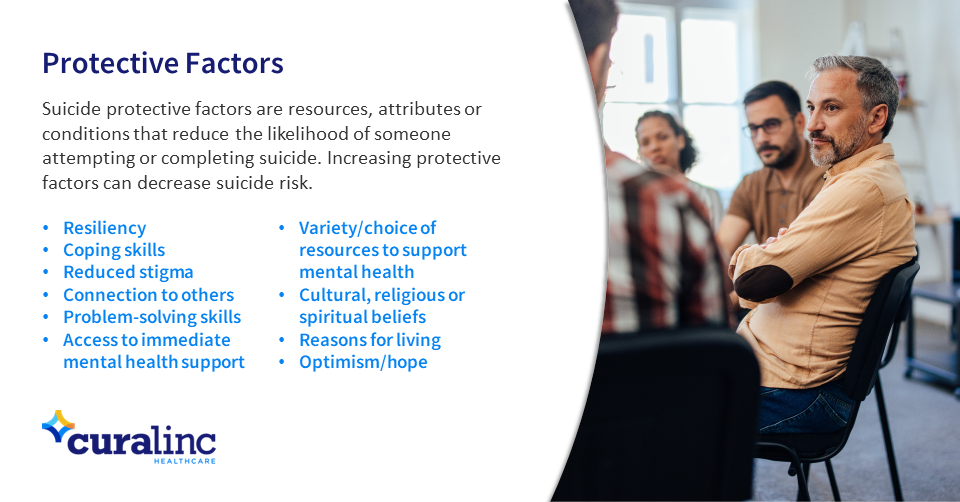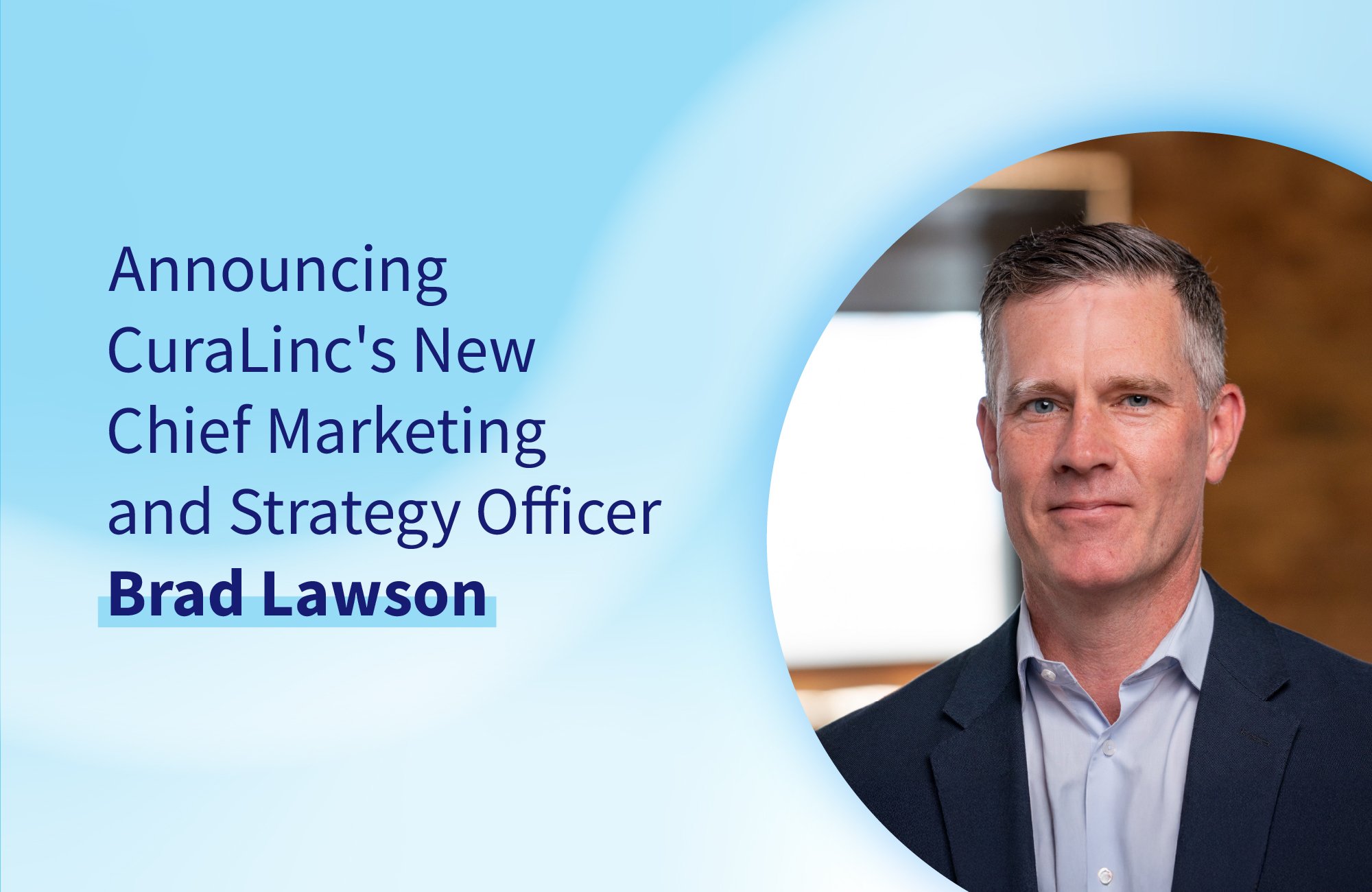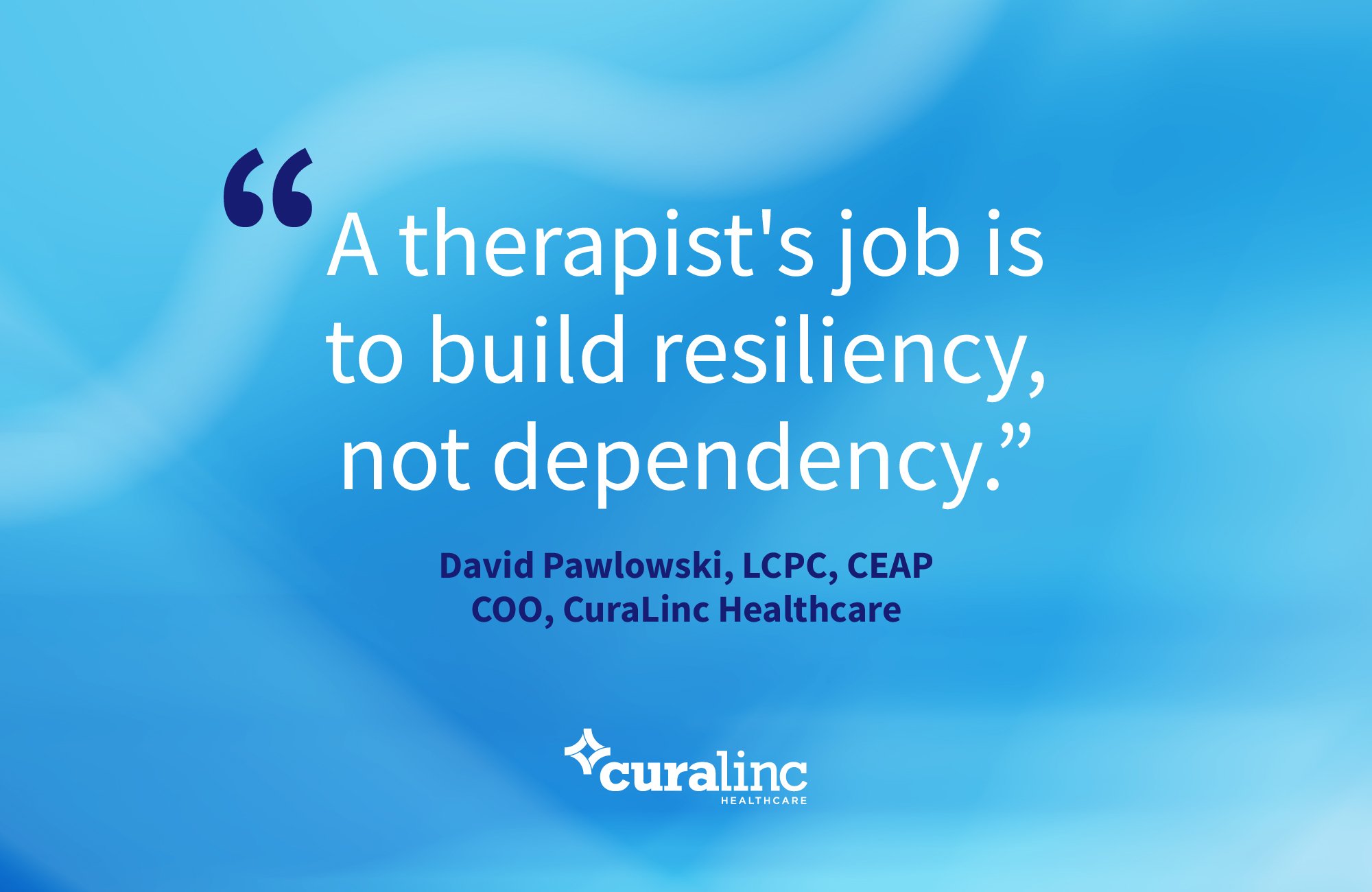September is National Suicide Prevention Month. Most people recognize that suicide, the ninth leading cause of death in America (and the second leading for ages 25-34), is a major public health concern. Many also understand that suicide does not discriminate – people of all ages, genders and ethnicities can be at risk. Some may even know that the suicide rate began increasing steadily starting in 2000 and continued to rise for nearly two decades (a 35% increase from 2000 to 2018). However, one statistic most people don’t know is that suicide rates have actually been decreasing – perhaps by as much as three percent since the start of the pandemic.
Why are suicide rates decreasing?
This decrease, the first in nearly 20 years, surprised even the experts – primarily because suicide risk factors such as anxiety, depression, substance use, job stress and financial problems all increased during this same period. However, suicide risk factors are only part of the equation. Another important part is protective factors. Suicide protective factors are resources, attributes or conditions that reduce the likelihood of someone attempting or completing suicide. Protective factors can be access to timely mental health support, effective coping skills and other internal or external resources that help people deal more effectively with stressful events. Protective factors enhance resilience and help to counterbalance risk factors.
Suicide Protective Factors
Suicide protective factors are resources, attributes or conditions that reduce the likelihood of someone attempting or completing suicide. Increasing protective factors can decrease suicide risk.
Resiliency
Coping skills
Reduced stigma
Connection to others
Problem-solving skills
Access to immediate mental health support
Variety and choice of resources to support mental health
Cultural, religious or spiritual beliefs
Reasons for living
Optimism/hope
Many experts believe that, despite the increase in stressors in people’s lives, reductions in stigma and improved access to mental health care have helped some people overcome the risk factors that threaten to overwhelm their ability to cope. This hypothesis is supported by the fact that people with better access to mental health resources and support accounted for much of the reduction in the overall suicide rate.
How an Employee Assistance Program Can Help
One resource that many employees have access to is an Employee Assistance Program (EAP). EAPs offer a plethora of specialized services and support for employees, managers and organizations that all fall under the umbrella of suicide protective factors:
In-the-moment clinical support, around-the-clock, from licensed clinicians
Counseling for stress, anxiety, depression and other common suicide risk factors
Innovative clinical resources like text therapy, digital behavioral health and virtual support groups
Training for employees and managers on suicide awareness and mental health first aid
HR, supervisor and management consultation
Support for family members, including teens
Starting in 2020, the percentage of participants reaching out CuraLinc’s employee and student assistance program because they were in crisis or needed immediate support nearly doubled. CuraLinc’s Care Advocates, the professionals who answer every intake directly, are all licensed clinicians, empowered to provide in-the-moment clinical support and conduct a comprehensive clinical assessment – including screening for suicide risk, crisis stabilization and safety planning. Once the immediate concerns have been addressed, a personalized care plan is developed that provides meaningful, ongoing support.
Similarly, organizational services like management consultations for supervisors with concerns about a troubled employee, or training on topics like suicide awareness and mental health first aid, have also been widely embraced. These resources can be a vital component of any organization’s ongoing strategy for building resiliency during the presence of increased risk factors or other stressful situations.
Continuing the Conversation on Suicide Prevention in the Workplace
While eliminating all suicide risk factors for every employee is beyond any employer’s control, increasing access to protective factors is a step every employer can take. Equipping your organization and workforce with the appropriate resources to support an employee contemplating suicide could even help save a life.
To learn more about the critical role employers can play in suicide prevention and best practices for organizations and managers, we invite you to watch the Coffee with CuraLinc episode (a 15-minute webinar) on suicide prevention and awareness in the workplace or download this guide.




